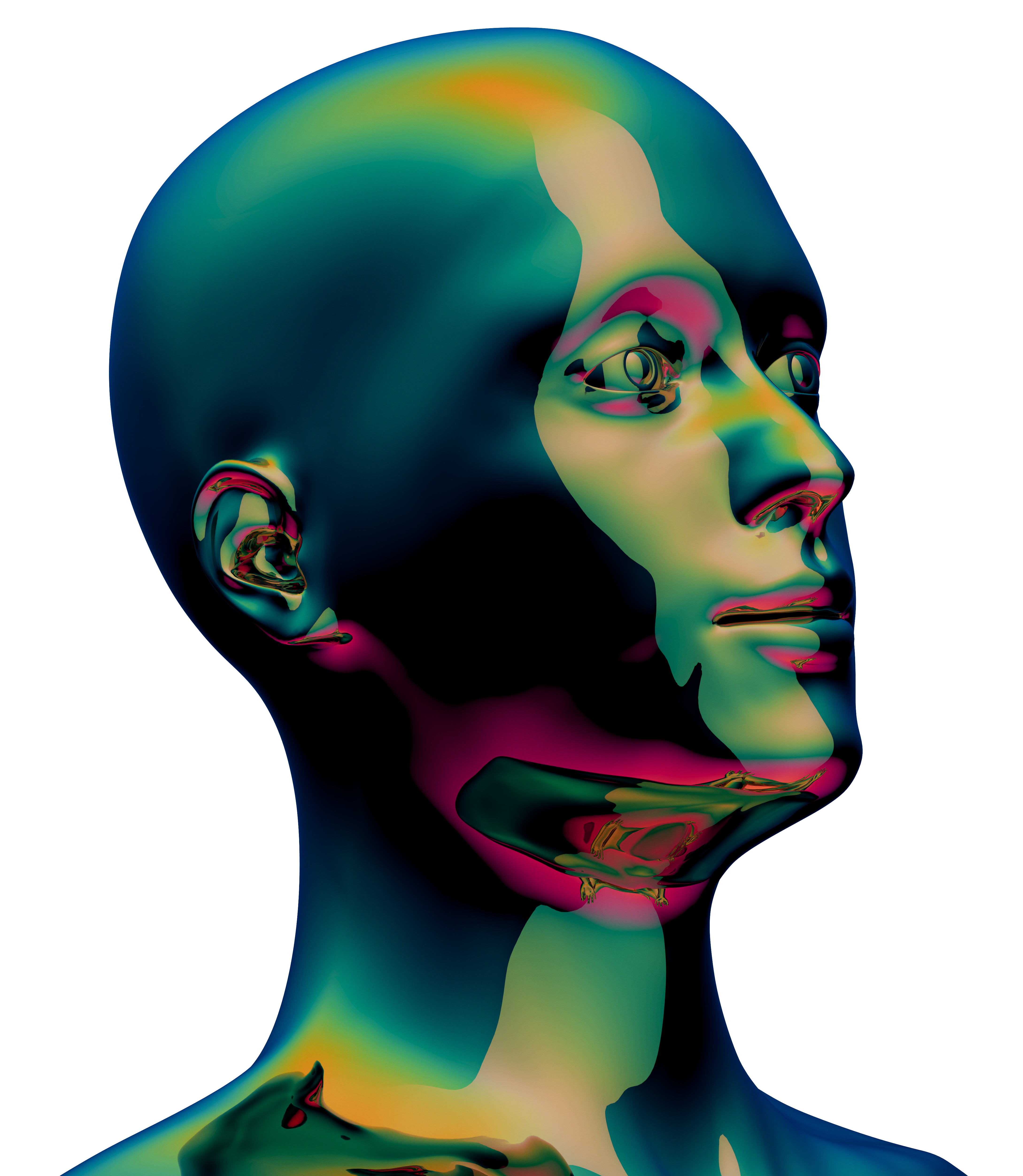
You can’t design for someone unless you truly know them—who they are, what they value, and what their ideal future looks like.
In the broader marketing and design world, the phrase “human-centered design” is often used as if it were a checklist—a set of steps to follow, a process to implement. But human-centered design isn’t about ticking boxes. It’s about caring for people. It’s about taking the time to truly understand someone—their words, their silences, their hesitations. It’s in these quiet spaces, the pauses between the words, that the real answers often emerge. You can’t find those answers in a spreadsheet or focus group; they come from genuine human connection.
Listening as the Starting Point
You can’t design for someone unless you truly know them—who they are, what they value, and what their ideal future looks like. And to know them, you must ask—and listen. Listening is an active process. It’s showing up, sitting down with people, and asking the right questions repeatedly until you uncover the deeper truths. People don’t always express what they mean the first time, and it’s through patience and curiosity that you begin to understand their perspectives, emotions, and experiences. What they’re seeing, what they’re feeling, and how they live. That’s where the real work begins.
At Wondros, this foundational approach guides not only how we design but also how we think about marketing.
Marketing as a Conversation
Marketing, at its best, is more than data points and demographics. It’s about connection. To truly speak to an audience, you have to sit down with them—figuratively, if not literally—and figure out what they care about. Age range, location, and job title are just surface details. What really matters is understanding motivations, fears, and dreams.
Why do they make the choices they do? What pulls them toward one idea and away from another? What do they want to change in their world? What do they dream about? What keeps them up at night?
Marketing isn’t a monologue. It’s not about saying, “Here’s what we offer.” Instead, it’s about asking, “What do you need? What do you care about?” And then listening deeply for the answers. The real insights emerge in the space between the question and the answer—in what’s said, unsaid, and felt.
Why do they make the choices they do? What pulls them toward one idea and away from another? What do they want to change in their world? What do they dream about? What keeps them up at night?



Beyond Segmentation
Segmentation and categorization can only take you so far. People aren’t static; they don’t fit neatly into boxes. They’re dynamic and constantly adapting to their environments. To reach them effectively, you have to adapt too. Instead of targeting a broad category like “women aged 35-45 living in the suburbs,” ask why those women feel the way they do. What does their morning look like? How do they spend their quiet moments?
When you take the time to understand people on this level, the message shifts. It’s no longer about what you want to say; it becomes about what they need to hear. Marketing ceases to be about pushing products or ideas and becomes about offering something meaningful—something that seamlessly fits into their lives and naturally in their world.
Why Empathy Works
Empathy is the cornerstone of Wondros’s marketing philosophy. Our work isn’t about clever slogans or flashy campaigns. It’s about building a foundation of understanding. We ask the right questions, wait patiently for the answers, and show up for the people and communities we aim to serve. This approach leads to campaigns that resonate deeply, not because they’re loud or flashy, but because they’re real.
At Wondros, marketing isn’t about selling. It’s about understanding. It’s about uncovering why something matters, who it matters to, and how it can make a difference in their lives. In the end, marketing isn’t about markets. It’s about people—and people are always more complex, dynamic, and remarkable than they’re given credit for, and certainly more so than any demographic category could ever capture.



